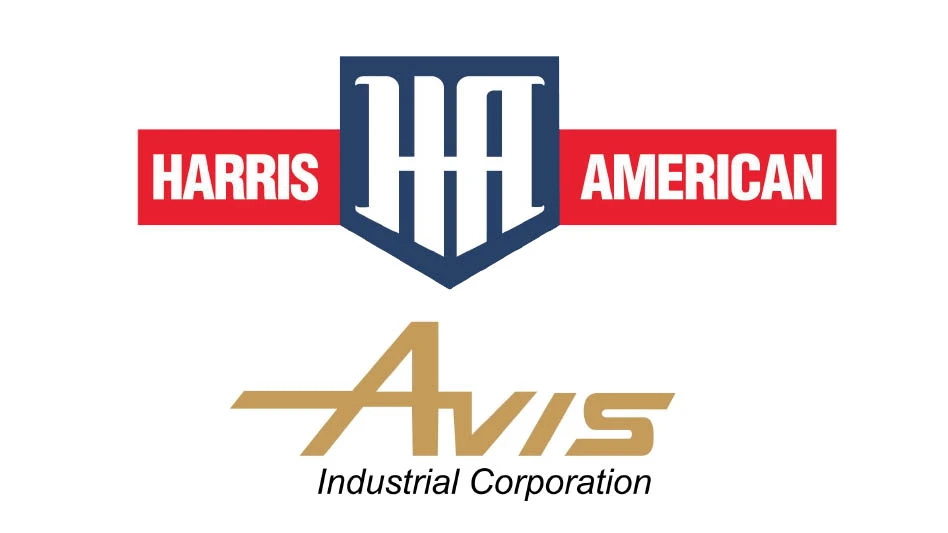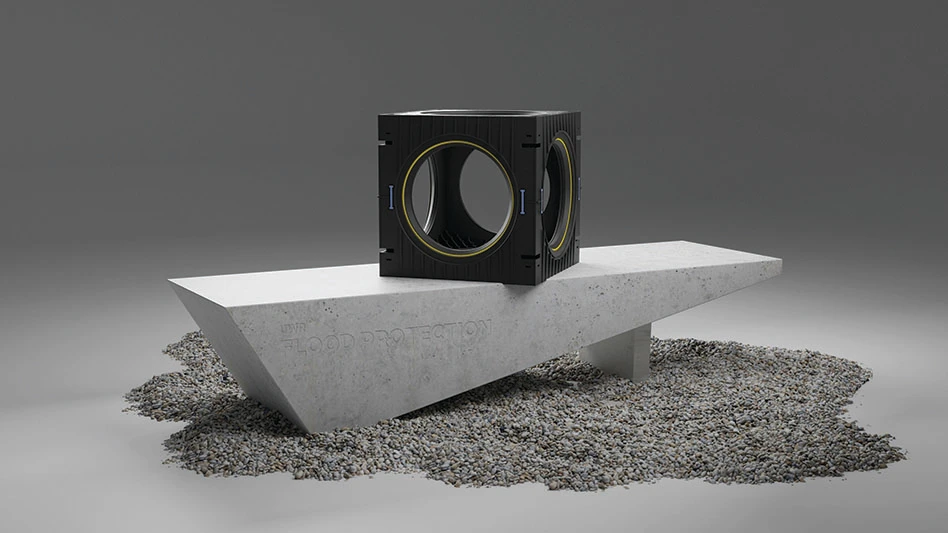 Cologne, Germany-based Steinert has introduced the LSS (laser sorting system), which it says allows aluminium alloys to be separated from one another. Steinert will present the LSS sorting system during a speech at Aluminium 2016 Thursday, 1 December 2016 at noon. The event will be at Stand 11J75 in Hall 11 of the Messe Dusseldorf convention centre.
Cologne, Germany-based Steinert has introduced the LSS (laser sorting system), which it says allows aluminium alloys to be separated from one another. Steinert will present the LSS sorting system during a speech at Aluminium 2016 Thursday, 1 December 2016 at noon. The event will be at Stand 11J75 in Hall 11 of the Messe Dusseldorf convention centre.
The auto body panel stamping process generates up to 50 percent scrap, which is a valuable resource that, for economic and ecological reasons, should be kept within the production cycle, the company says. For this to happen, however, it is necessary to presort the scrap by alloy type.
“The recognized state of the art until now has been the dry mechanical separation of 2xxx and 7xxx aluminium alloys with higher copper or zinc contents by means of Steinert XSS T ( X-ray transmission),” says Uwe Habich, technical director at Steinert.
However, the separation of aluminium scrap by alloy groups 1xxx to 7xxx has not been practical because an in-line sorting technique has not been available. “Our Steinert LSS (laser sorting system), which uses the latest LIBS technology, now makes this possible and amplifies the sorting process,” Habich says.
 Karl Hoffmann, business development manager at Steinert, says the company developed the system because “the increased use of rolled aluminium products in the automotive industry (5xxx series and 6xxx series alloys) will quickly create large amounts of new scrap that need to be sorted or separated according to alloy series. Moreover, the demand for recycled aluminium is increasing at the same time. As a sorting specialist, we are responding to this development with the in-line Steinert LSS, which features the latest LIBS (laser-induced breakdown spectroscopy) technology. Our products are targeted at companies that process new scrap or production waste from aluminium stamping facilities—at companies that need to separate 5xxx and 6xxx series alloys so that recycled aluminium can be used on the same stages of the value-creation process.”
Karl Hoffmann, business development manager at Steinert, says the company developed the system because “the increased use of rolled aluminium products in the automotive industry (5xxx series and 6xxx series alloys) will quickly create large amounts of new scrap that need to be sorted or separated according to alloy series. Moreover, the demand for recycled aluminium is increasing at the same time. As a sorting specialist, we are responding to this development with the in-line Steinert LSS, which features the latest LIBS (laser-induced breakdown spectroscopy) technology. Our products are targeted at companies that process new scrap or production waste from aluminium stamping facilities—at companies that need to separate 5xxx and 6xxx series alloys so that recycled aluminium can be used on the same stages of the value-creation process.”
The sorting process begins by isolating the materials so that they can be handled by a sensor-based sorting system. “For this system we have created a setup consisting of several conveyor channels and conveyor belts, which ensures that the material always flows past the laser in such a way that the laser pulses hit the material’s surface,” Habich says. “These pulses vaporise tiny particles of the material. This process creates visible light that is simultaneously recorded and analysed in order to identify the alloy and its individual components as well as their percentages in the alloy.”
Steinert says the sorting process takes place at high conveyor speeds of 2 to 3 metres per second. The calibration methods stored in the measuring unit routinely analyse the concentrations of the alloying elements copper, iron, magnesium, manganese, silicon, zinc and chromium.
In each case the alloy or aluminium fraction identified by laser is separated, while the rest of the material on the conveyor belt continues on.
“Test runs in our laboratory achieve a separation success ratio of 90 percent, with a purity of 99 percent,” says Habich. The tests used unsorted 5xxx and 6xxx alloys that were supplied by a rolling plant that recovers the material mix from an automobile plant that normally melts it directly.
With two passes, two pure aluminium fractions and a residue fraction are produced, the company says. “On the other hand, after the first pass the quantities remaining are certainly not waste, but can be sold on at the normal scrap price, only without extra premium charges,” Habich says.
With its new sorting technology, Steinert is mainly addressing processors of new scrap or production scrap. Such companies are basically interested in a type-specific purification of the alloys, because material sorted by type can be sold at a premium. Meanwhile, Steinert says it is negotiating with a metal recycler that receives fabrication scrap concerning a pilot operation for production-relevant throughputs.
For metal recyclers, Steinert says this sorting process can pay for itself financially in a relatively short time. According to data from metal recyclers, proceeds between €300 and €400 per tonne can be obtained by sorting the aluminium scrap into pure fractions. This compares with sorting costs of €20 to €30 per tonne when using sensor-assisted equipment.
Steinert says its unit achieves an output of several tonnes per hour. “Yet, even with an output of just 1 tonne per hour, with €300 of additional proceeds and an operating time of 8,000 hours per year, the additional proceeds amount to €2.4 million,” Habich says.
In this example, the unit would pay for itself in approximately half a year. A conservative approach allowing for a more modest premium still gives a payback time of less than a year, Steinert says.
The Steinert LSS sorting unit is a fully automated sorting system that separates aluminium alloys of the 5xxx and 6xxx series into type-isolated batches and is ideally suited for stamping waste material 20 to 60 millimetres wide and 60 to 150 millimetres long, according to the company.
Sponsored Content
Redefining Wire Processing Standards
In nonferrous wire and cable processing, SWEED balances proven performance with ongoing innovation. From standard systems to tailored solutions, we focus on efficient recovery and practical design. By continually refining our equipment and introducing new technology, we quietly shape the industry—one advancement at a time.
The sorting system consists of the LIBS sensor, a special isolating mechanism, clearing modules for pneumatic separation and a conveyor system with volumetric object recognition developed for this application.
The Steinert Test Centre in Cologne offers LIBS technology tests. Inquiries can be directed to Karl Hoffmann, business development manager at Steinert, at karl.hoffmann@steinert.de.
Get curated news on YOUR industry.
Enter your email to receive our newsletters.
Latest from Recycling Today
- Enfinite forms Hazardous & Specialty Waste Management Council
- Combined DRS, EPR legislation introduced in Rhode Island
- Eureka Recycling starts up newly upgraded MRF
- Reconomy Close the Gap campaign highlights need for circularity
- Nickel carbonate added to Aqua Metals’ portfolio
- EuRIC, FEAD say End-Of-Life Vehicle Regulation presents opportunity for recyclers
- Recyclers likely to feel effects of US-China trade war
- BCMRC 2025 session preview: Navigating battery recycling legislation and regulations








